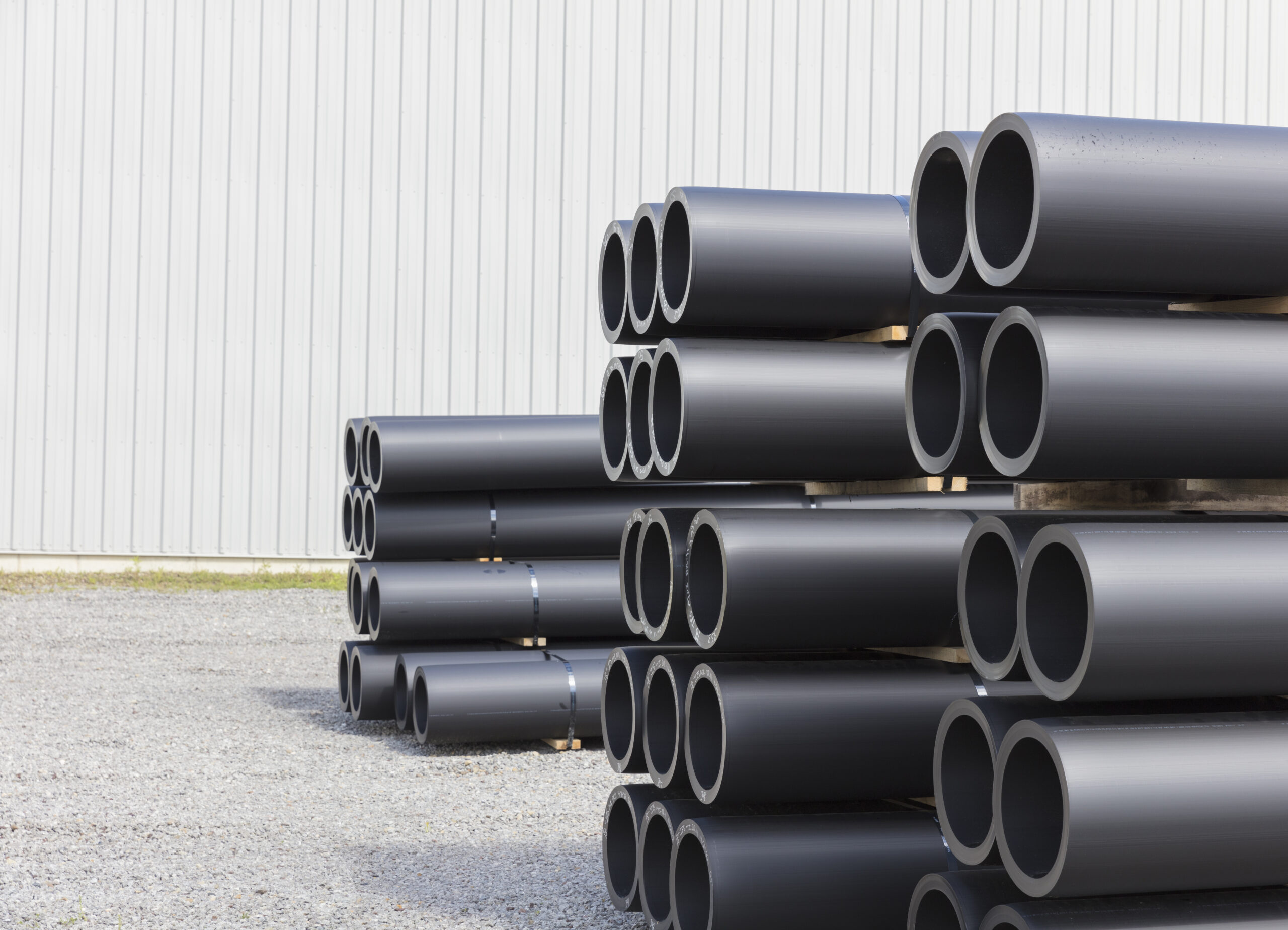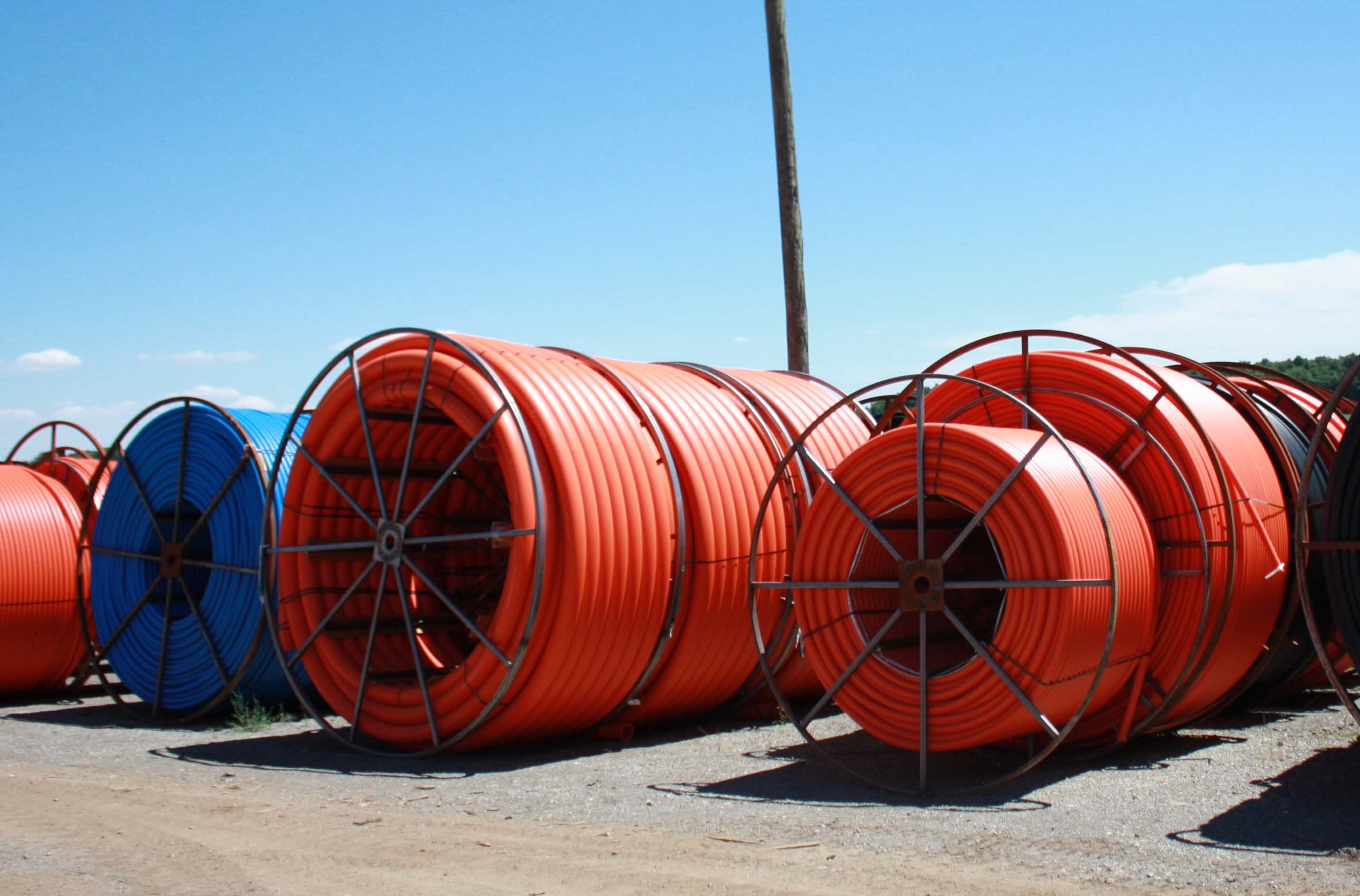Proven Reasons to Choose hdpe pipe suppliers Midland TX for Reliable Sourcing
The Necessary Actions for Effective Installment of HDPE Pipe in Your Next Job
Successful installation of HDPE pipeline requires careful preparation and implementation. Trick actions consist of assessing project demands, preparing the website, and selecting correct joining strategies. Each stage plays an important role in making sure the stability and performance of the pipeline. Understanding these vital steps can greatly influence the overall success of the job - hdpe pipe in stock Midland TX. Nonetheless, the subtleties of each step may hold the secret to getting rid of typical obstacles dealt with throughout setup
Comprehending the Perks of HDPE Pipeline
High-density polyethylene (HDPE) pipe provides various benefits that make it a preferred choice for various applications. Its high resistance to corrosion and chemicals assurances durability in requiring atmospheres, substantially prolonging the lifespan of installments. Additionally, HDPE's versatility permits much easier installation, especially in challenging terrains, as it can flex without breaking. The lightweight nature of HDPE pipeline simplifies transportation and handling, minimizing labor expenses throughout installment.
HDPE pipeline is known for its reduced friction coefficient, which enhances fluid flow and lessens energy intake. Its smooth building lowers the risk of leakages, contributing to better resource management and environmental management. On top of that, HDPE is recyclable, aligning with lasting techniques and decreasing ecological influence. On the whole, the mix of toughness, adaptability, and eco-friendliness makes HDPE pipe a premium choice for a variety of tasks, from water circulation to industrial applications.
Planning Your HDPE Pipe Installation
When preparing an installation of HDPE pipe, mindful consideration of several key variables is crucial to safeguard a successful task. Initially, task supervisors have to examine the certain needs of the pipeline, consisting of the planned usage, flow rates, and ecological problems. Understanding these criteria will assist the choice of appropriate pipeline measurements and material quality.
Next, timelines need to be established, considering purchase schedules and any prospective hold-ups. Control with neighborhood authorities for licenses and regulatory conformity is additionally vital. Additionally, a thorough spending plan must be prepared, including all prices linked with products, labor, and equipment.
It is important to engage a qualified group experienced in HDPE pipe setup. Their knowledge will assist minimize risks, assurance adherence to market standards, and inevitably contribute to the project's success. Comprehensive planning prepares for a smooth setup process and resilient efficiency of the HDPE piping system.
Preparing the Website for Setup
Proper site prep work is vital for the effective installment of HDPE pipe. Prior to installment starts, the website should be thoroughly evaluated to ensure it satisfies all required demands. This consists of checking the ground for existing structures, utilities, and prospective dangers that might hinder the installment process.

Correct elevation and placement must be developed to maintain a consistent gradient for drain purposes. Appropriate water drainage around the installation website is also important to avoid water build-up, which can result in issues down the line.
Methods for Signing Up With HDPE Water Lines
Achieving a trustworthy connection between HDPE pipelines is essential for making certain the integrity and longevity of the setup. Numerous strategies exist for joining these pipes, each fit for different project requirements. Blend welding is among one of the most usual approaches, utilizing heat to bond the pipe ends together, creating a seamless and durable link. This technique can be additional classified right into socket blend and butt fusion, depending upon the pipe setups.
Mechanical installations are one more choice, using clamps and threaded adapters to sign up with areas of HDPE pipeline. While usually faster to install, they may need additional maintenance gradually. Electrofusion is a specialized approach that involves using electrical current to heat and fuse the pipelines through particularly developed fittings, ensuring a strong bond. Picking the appropriate joining strategy is critical, as it directly influences the total efficiency and reliability of the HDPE piping system in the desired application.
Evaluating and Inspection of Installed Water Lines
The screening and examination of set up HDPE pipelines are essential to guaranteeing their capability and long life. This procedure includes visual examination strategies, stress testing methods, and leakage detection procedures to recognize potential issues. By utilizing these approaches, specialists can confirm the stability of the installation prior to it is placed right into use.
Visual Evaluation Techniques
Utilizing reliable aesthetic assessment methods is crucial for guaranteeing the integrity of installed HDPE pipes. Inspectors need to methodically check out all visible areas of the pipeline to determine any indications of damages, imbalance, or improper setup. Secret signs to assess include joint integrity, surface abnormalities, and links. Assessors may use devices such as amplifying glasses or cameras to boost visibility and information. It is necessary to look for indications of ecological anxiety, such as distorting or extreme bending, which could endanger efficiency. Regular documentation of searchings for enables tracking adjustments over time and helps overview necessary repair work. By sticking to established aesthetic examination procedures, job groups can notably decrease the risk of future failures and assure lasting reliability of the piping system.
Pressure Checking Methods
Aesthetic assessment serves as a preliminary procedure, yet it is not enough by itself to assure the performance of set up HDPE pipes. Stress testing approaches are essential for making sure the integrity of these systems. Commonly, hydrostatic screening is used, where the pipes are filled up with water and subjected to pressure degrees above the intended operating stress. This approach aids identify weaknesses or prospective leakages. Pneumatic testing can additionally be utilized, although it brings better threats as a result of the compressibility of air. Despite the technique selected, sticking to sector standards and security methods is crucial. After performing pressure tests, complete documents is needed to verify the results and verify that the installation fulfills all operational needs prior to proceeding to the next stage of the task.

Drip Discovery Treatments
Just how can one ensure that installed HDPE pipes are complimentary from leaks? Efficient leakage detection procedures are essential hydro jetting to protect the integrity article of the system. Initially, aesthetic examinations must be executed, searching for indicators of water accumulation or dirt erosion around pipe joints. Following this, pressure testing can validate the system's stamina. A typical method is the hydrostatic examination, where water is introduced under pressure, keeping an eye on for declines that suggest possible leakages. Additionally, advanced innovations, such as acoustic sensors or infrared thermography, can discover leakages that may not be visible. Normal monitoring and upkeep more add to the durability of HDPE pipes, ensuring they remain leak-free throughout their operational life expectancy. Correct documentation of these treatments is important for conformity and future recommendation.
Upkeep Tips for Long-Term Efficiency
To assure the durability of HDPE pipelines, developing a routine inspection routine is necessary. This aggressive method enables for the early discovery of potential issues, minimizing expensive repair work. Additionally, applying appropriate cleaning techniques will assist keep peak efficiency and prevent buildup that can affect capability.
Regular Examination Arrange
HDPE pipes are understood for their longevity and resistance to rust, developing a routine inspection routine is crucial for ensuring their long-lasting efficiency. Routine examinations help identify possible issues such as leaks, joint stability, and environmental influences that may impact the pipe's capability. It is recommended that examinations happen a minimum of biannually, or more often in atmospheres with severe conditions. Pipe Supplier American Plastics Midland. During these evaluations, visual checks need directory to be carried out to identify indicators of wear or damage. Additionally, making use of modern technology such as ultrasonic screening can provide more understandings into the pipe's problem. By implementing an organized assessment schedule, task managers can proactively resolve problems, consequently expanding the lifespan of HDPE pipelines and preserving system performance
Appropriate Cleaning Techniques
Correct cleaning strategies play a necessary duty in preserving the long-term performance of HDPE pipes. Normal cleaning stops the buildup of particles, sediment, and biofilm, which can result in obstructions and lowered flow efficiency. Operators must employ approaches such as high-pressure water jetting or foam cleansing to efficiently get rid of impurities without damaging the pipe surface area. It is important to prevent using harsh chemicals that might degrade HDPE product. Additionally, arranged upkeep checks need to include aesthetic evaluations for any indications of wear or damage. Appropriately trained personnel should perform these cleaning procedures, ensuring compliance with safety and ecological policies. By executing these techniques, the lifespan of HDPE pipes can be considerably prolonged, making certain optimal performance throughout their operational life.
Regularly Asked Concerns
What Are the Ecological Influences of HDPE Pipe Manufacturing?
The ecological influences of HDPE pipeline manufacturing consist of greenhouse gas emissions, energy intake during manufacturing, prospective plastic contamination, and difficulties in recycling. However, HDPE's durability and resistance to deterioration can reduce some ecological issues.
Just How Does HDPE Pipe Compare to Other Materials?

What Equipment Are Needed for HDPE Pipeline Installment?
Vital devices for HDPE pipeline installation include a combination device, pipe cutters, shovels, determining tape, and safety and security equipment. Correct equipment guarantees reliable, safe handling and installment, adding to the project's total success and honesty.
Are There Any Kind Of Certain Laws for HDPE Pipe Setup?
Details policies for HDPE pipeline setup vary by region, frequently governed by regional, state, or federal codes. Conformity with these regulations assurances safety, environmental management, and capability, making adherence necessary for successful task end results.
Can HDPE Piping Be Recycled After Usage?
Yes, HDPE pipelines can be recycled after use. Their polycarbonate nature permits reprocessing, making them ideal for recycling into new products. This sustainability facet adds to environmental preservation and promotes round economy techniques in construction.